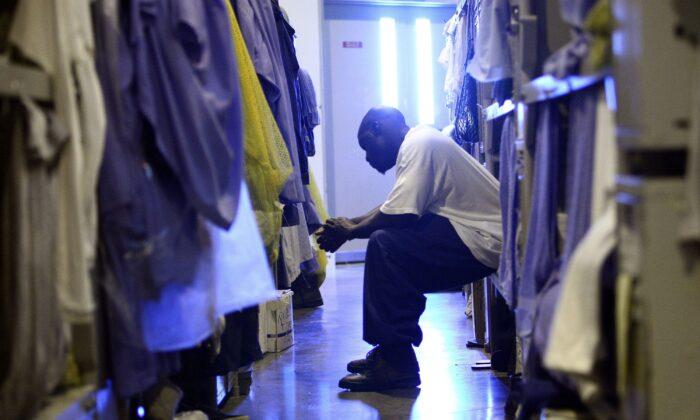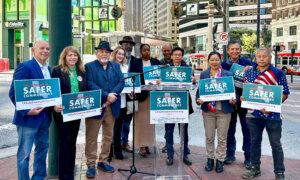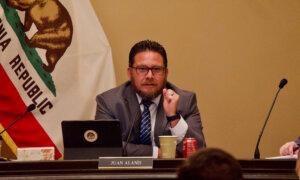SACRAMENTO—With a ballot initiative process well underway to repeal Proposition 47—a controversial law passed by voters in 2014 to lower prison populations by reducing some drug and theft crimes from felonies to misdemeanors—the debate continues about how the law is affecting California and how best to address public safety concerns.
Experts from both sides of the issue met April 24 in downtown Sacramento for a panel discussion about how Prop. 47 is impacting the state and what steps are needed to alleviate concerns raised by businesses, citizens, and law enforcement officials.
Magnus Lofstrom, policy director and senior research fellow with the Public Policy Institute of California, said that crime is down from historic highs decades ago but noted a recent uptick in theft since 2019, especially for auto theft.
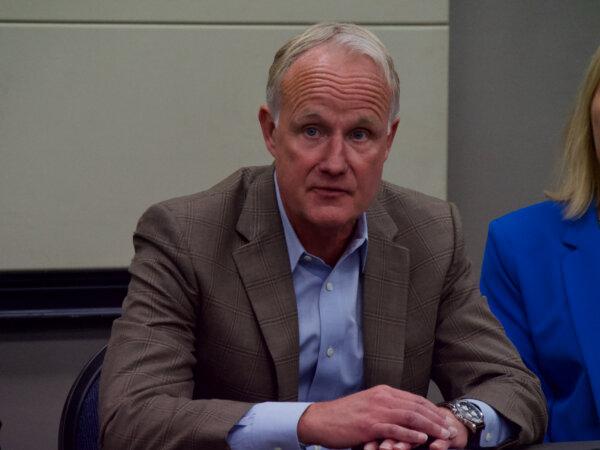
“Property crime rates in California are low, but we have seen some increases in the past few years,” Mr. Lofstrom said. “The problem is we don’t really know what’s behind it and what’s driving it.”
Commercial burglary is on the rise—up 16 percent since 2019—and commercial robbery—where violence or the threat thereof is used—has risen 13 percent over the same period, according to the institute’s data.
He noted the need for more data and said that such for auto theft being up is indicative of a rise in theft, in general, as auto thefts are reported by insurance companies and therefore are a more reliable dataset.
The disconnect between data and what is experienced in communities was a common theme of the hour-long discussion, held at the Capitol Event Center.
“We start with data, but data only provides one point,” Sacramento District Attorney Thien Ho said during the meeting. “But what I see on the streets is ... evidence that a retail theft crisis is what we have.”
He said one convenience store owner told him earlier this year that six out of 10 people that walk into his Sacramento-based store are committing theft.
“How do you survive as a business, and where is this reflected in the data?” Mr. Ho said. “The problem is we have grossly underreported ... retail theft.”
Noting the importance of compassionate criminal justice efforts, he said the safety of communities should also be a priority.
“I believe in the spirit of having [fewer] people incarcerated, but not at the cost of public safety,” Mr. Ho said. “We need to find a balance ... and we need an equitable system of justice that is fair and balanced on both sides.”

He also said more consequences are needed to deter criminal activity and to encourage those suffering from drug addiction to participate in rehabilitation programs.
“There’s an interconnectedness between drug addiction, theft, public safety, and homelessness,” Mr. Ho told The Epoch Times after the event. “How we then incentivize people getting services is the issue, so having amendments or improvements of Prop. 47 could help us get people to the services they need.”
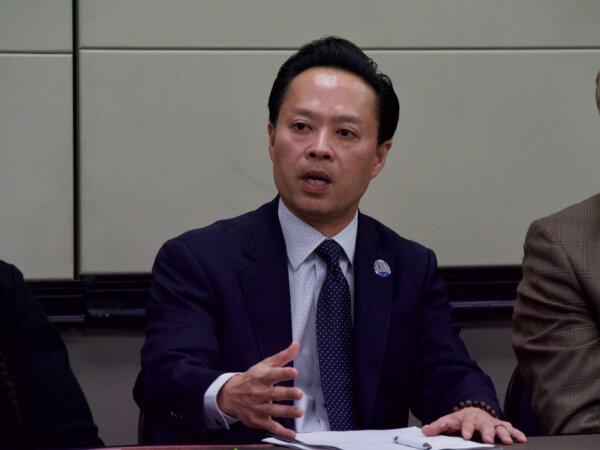
Tinisch Hollins, executive director of California for Safety and Justice—the principal author of Prop. 47—said that existing tools should be more utilized instead of looking to reform or repeal the law.
“It’s always smart for us to revisit policy, but what is not smart for us is to use blanket approaches ... like looking at full repeals,” Ms. Hollins said during the panel discussion. “One thing we reject is this notion that reform automatically equals a lack of accountability.”
She said the proposition has proven effective in achieving its stated goals.
“Everything that is in Prop. 47 did exactly what we intended it to do,” Ms. Hollins told The Epoch Times after the meeting. “It lowered the number of folks who were incarcerated, increased investment in intervention, and directly addressed the root causes.”
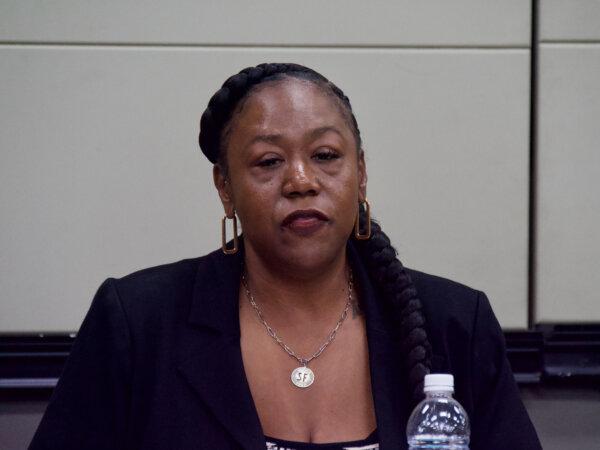
If the repeal effort is successful, some situations could worsen, she warned, because Prop. 47 has funneled $800 million saved from reducing incarceration into programs designed to alleviate poverty and provide services to lower-income communities.
According to Ms. Hollins, such funding has helped deal with the root causes of the problems communities experience in ways the criminal justice system alone cannot do, she said.
“We need to protect that, because if those funds go away, we’re going to see an exacerbation of the issues that people say they care about right now,” she said.
She said the current public discussion on the issue is confusing some people who fail to recognize the complexity of the issue.
“There’s obviously a lot of contradiction when data tells you one thing, and then there’s also the reality that many communities feel unsafe for different reasons,” Ms. Hollins said. “I think there’s a lot of rhetoric that’s being conflated right now.”
Representing hundreds of retailers in the state, Rachel Michelin, president of the California Retailers Association, said that businesses are being overwhelmed by theft and criminal activity.
“Data is a hard nut to crack,” Ms. Michelin said during the meeting. “And retailers don’t all report it the same.”
Citing a case where one was told they would be charged with a public nuisance because they were reporting too many thefts, she said retailers are choosing not to call the police when thefts occur because it is oftentimes unlikely authorities will respond.
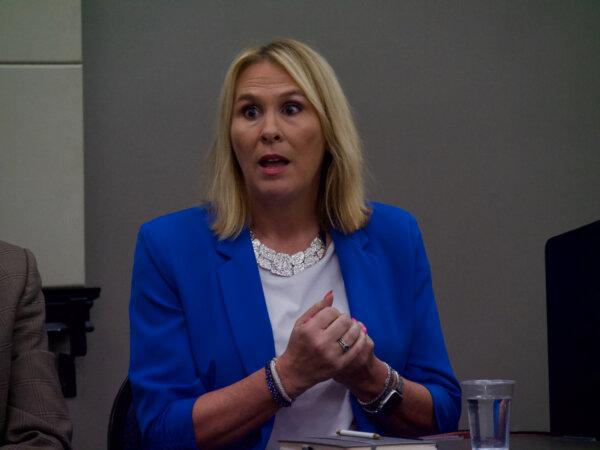
Such is leading to a lack of data supporting the rise in thefts experienced by retailers and is creating discord in the Legislature, as lawmakers demand data before showing a willingness to enact policy changes.
“There’s a lot of finger-pointing from all sides going on right now,” Ms. Michelin said. “But the reality is that we’re hearing it from our customers and our employees, and it really is a problem.”
Some stores are now locking up many items, and others are having their customers use their phones to scan QR codes on shelves to order items they then receive and pay for at the register, because items on the shelf are being stolen.
“We don’t want to lock product up, and we want to have a seamless shopping experience,” Ms. Michelin said.
Looking to find a solution, organizers with the Californians for Safer Communities recently turned in 900,000 signatures they collected to place the Homelessness, Drug Addiction, and Theft Reduction Act on the ballot in November, which would repeal Prop. 47.
While several bills were introduced in the Legislature this year targeting repeat offenders and organized retail theft crimes that would reform Prop. 47, the group feels more substantive change is needed.
“Whether it’s rampant retail theft causing neighborhood store closures or the growing epidemic of fentanyl overdoses, Californians can’t afford half-measures to address these pressing issues,” the group wrote on its website. “This bi-partisan measure provides common sense, targeted reforms to Proposition 47 that legislative proposals alone are unable to deliver.”
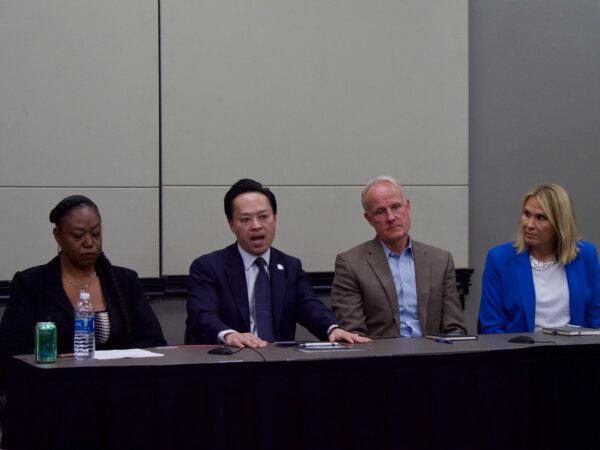
Mr. Ho, the district attorney from Sacramento with 25 years as a practicing attorney said the legislative proposals under consideration will likely encounter stiff resistance from defense attorneys because any reforms to Prop. 47 must be approved by voters.
“As surely as the sun will rise tomorrow, I guarantee you that any legislation that is being proposed now for repeat theft offenders will have to go back to the voters,” Mr. Ho said. “My [defense attorney] colleagues on the other side will challenge,” if that is not done.
